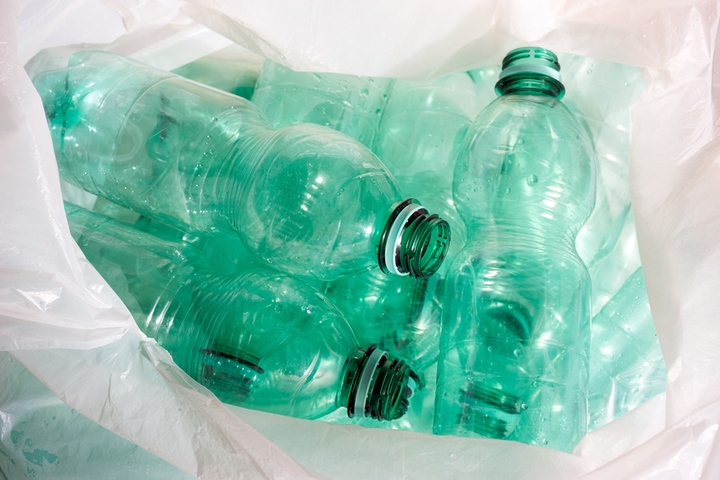PACKAGING USA
Plastics Pact expands materials list for potential elimination by 2030 / More items to be evaluated for possible removal in 2026
By Elaine Burridge
The US Plastics Pact (Walpole, New Hampshire; https://usplasticspact.org) – the North American platform of the Ellen MacArthur Foundation’s (EMF, Cowes, UK; www.ellenmacarthurfoundation.org) global Plastics Pact network, has announced plans to eliminate more packaging materials by the end of 2030.
The US Plastics Pact (Walpole, New Hampshire; https://usplasticspact.org) – the North American platform of the Ellen MacArthur Foundation’s (EMF, Cowes, UK; www.ellenmacarthurfoundation.org) global Plastics Pact network, has announced plans to eliminate more packaging materials by the end of 2030.
 Plastic packaging, e.g. coloured PET products, are still scheduled for eradication by the end of 2025 (Photo: Fotolia) |
In a recent report, the NGO has expanded its list of problematic and unnecessary materials to include:
- degradable and biodegradable materials not already on the list for elimination by end 2025,
- foamed PET, including micro-foaming and foamed layers for lightweighting purposes,
- multi-material film and flexible plastic packaging used for general merchandise, as secondary wrapping, stretch wrap, bread and cereal bags, and fresh and frozen fruit and vegetables,
- multi-material rigid plastic packing, excluding rigid thermoforms, and
- non-compostable produce stickers.
Related: US falling short of 2025 recycled packaging targets
The US Plastics Pact said it will continue to investigate additional items for potential elimination during the next two years. The removal of problematic and unnecessary materials will enable advancements in circular package design, increase opportunities for recovery, and enhance the quality of recycled content available for manufacturers, it said.
The NGO has also established an evaluation list, which will be up for review in 2026 when members, known as activators, will decide whether to remove certain items from being considered problematic, or recommend them for elimination.
Items on this list are non-compostable plastic beverage pods; other multi-material film and flexible packaging that does not comply with the Plastic Pact’s Design for Circularity Playbooks, produce/bulk bags, multi-material rigid thermoforms, single-use shopping bags, and small-format packaging, such as loose bottle caps and small bottles.
Related: US bottle collection rates decline
In the US, the Environmental Protection Agency (EPA, Washington, DC; www.epa.gov) is collaborating with both the government and private stakeholders to develop a plan for implementing its National Recycling Strategy and transitioning towards a circular economy.
The strategy is designed to support the National Recycling Goal of increasing the country’s recycling rate to 50% by 2030.
24.09.2024 Plasteurope.com [256118-0]
Published on 24.09.2024
